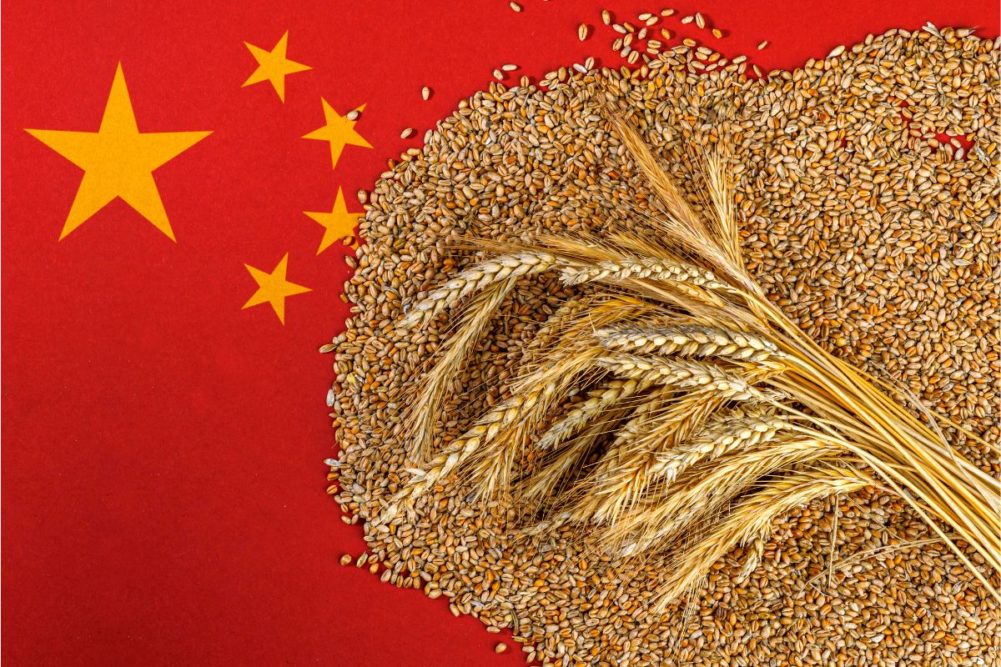Global production of bulk grain, oil crops increases year on year: report

The global production of bulk grain and oil crops saw a year-on-year increase in 2023, according to the 2023 annual report on the remote-sensing monitoring of the global ecological environment, which was published on Friday.
The report, issued by China’s Ministry of Science and Technology, covers three topics: the impact of global land-cover change on carbon loss and carbon uptake, the global production of bulk grain and oil crops and the food security situation, and the changes and impacts of snow and ice in the Antarctic, Arctic and Qinghai-Xizang Plateau regions.
The report shows that the impact of extreme global events on the production of bulk grain and oil crops was relatively mild in 2023. It is estimated that the total annual output of the aforementioned crops was around 2.87 billion tonnes, which would be a year-on-year increase of 14.14 million tonnes, or 0.5 percent.
However, due to reduced grain production in 2022 and tightened export policies in several major export countries, the global supply of bulk grain and oil crops has decreased.
Drought is the main disaster that affects grain production, said Wu Bingfang, a researcher at the Aerospace Information Research Institute under the Chinese Academy of Sciences.
He noted that many measures have been taken since the 1980s in areas around the world that are major producers of corn, rice, wheat and soybean. Measures have included guaranteed irrigation, conservation tillage, the application of mulching film, planting structure adjustments and the selection of drought-resistant seed varieties.
“Grain production is easily affected by weather and countries like China, India and Pakistan have paid far more efforts than other countries in coping with bad weather. China reduces the impact of drought mainly through irrigation and over half of its agricultural land has sufficient irrigation. China also uses mulching film to cover the land to reduce the evaporation of water, especially in its northwestern region which sees rare rain and is more prone to drought. Another way is through improving crop varieties. For example, developing more drought-tolerant varieties of wheat can effectively mitigate the effects of natural disaster,” said Wu.
Read also
Official Release – December 17th! Crop & Price Navigator 2026/27
Ukraine’s harvest nears completion: Total grain output exceeds 56 mln tons
Wheat heads for worst week since June on global oversupply
‘Soybean GPT’ lands South Korea’s agriculture ministry in awkward situation
Thailand purchases 65 thsd tons of Argentine feed wheat
Write to us
Our manager will contact you soon



